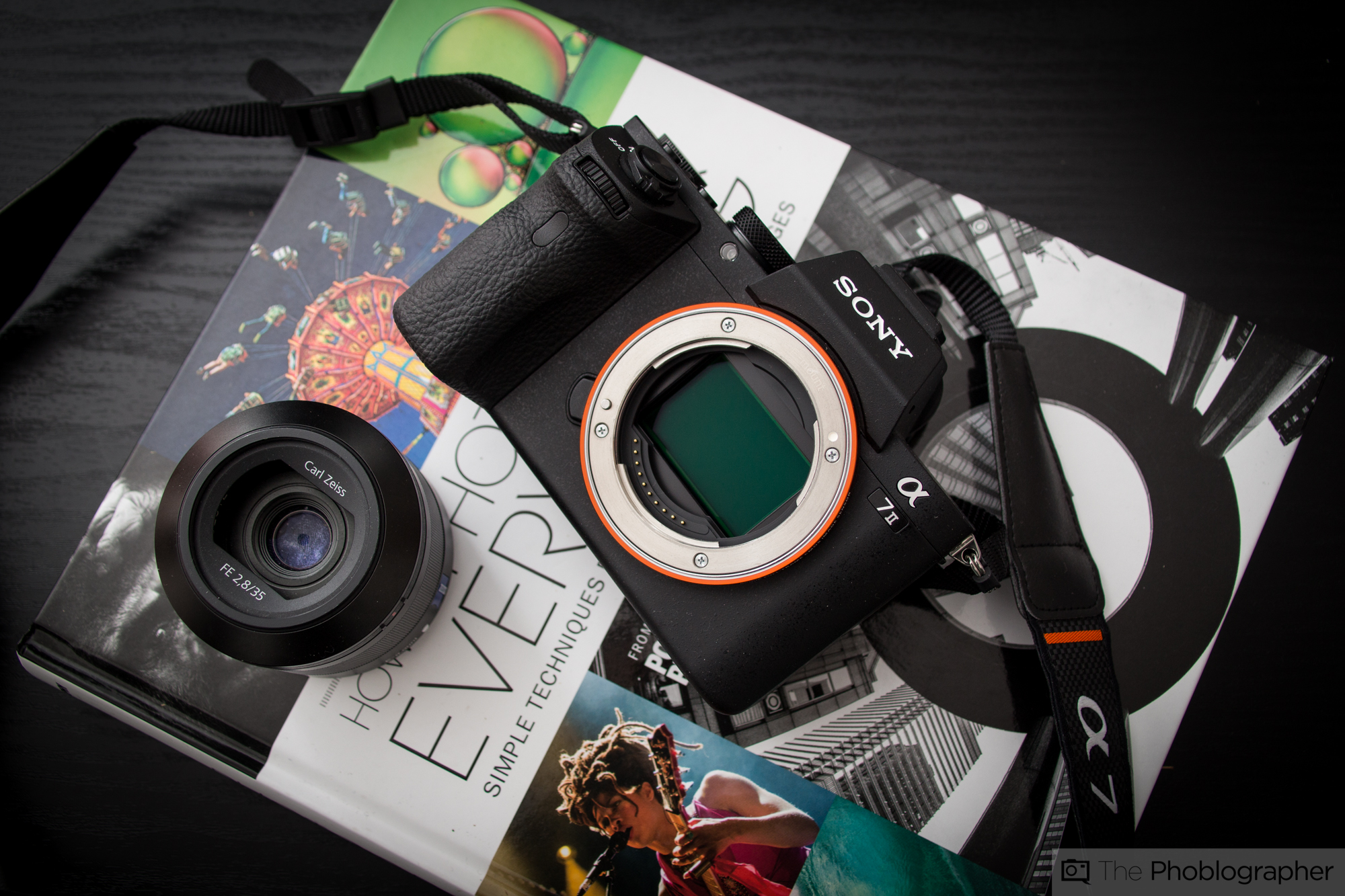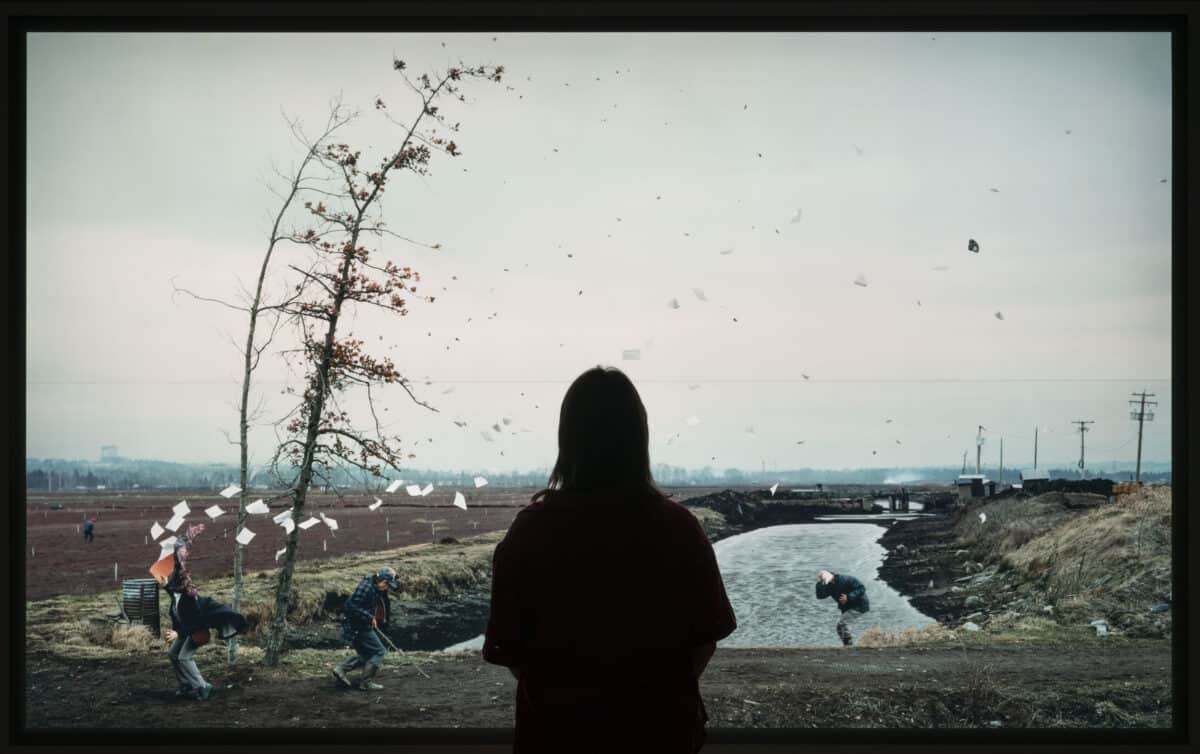Mastering the Art: Innovations and Essentials in Contemporary Photography

2-12-2024, 19:05 Admin 6 135 0
Contemporary photography, an ever-evolving sphere, is witnessing an unprecedented blend of traditional artistry and cutting-edge technology. This article explores how modern tools and resources have revitalised this realm and how professionals can embrace these advancements to elevate efficiency and creativity.
One key avenue of advancements in contemporary photography is computational photography. Seizing more than just the light on the sensor, computational photography employs algorithmic processing to produce images. You can think of it as a fusion between photography and digital image processing. The use of high-dynamic-range (HDR) imaging technology - a hallmark of computational photography -allows photographers to capture a wider range of tonal detail. Today's smartphones like the Google Pixel even employ software-based HDR impacts to enhance image quality.
Another innovation reshaping the field is drone technology. Drones offer a bird's eye view, opening the door to previously inaccessible perspectives. Not just limited to sprawling landscapes, drones have impacted even macro photography. For instance, the DJI Mavic 2 Pro with its adjustable aperture and Hasselblad L1D-20c camera provides detailed aerial shots even in complex light conditions.
The rise of 360-degree photography tools has fueled a renewed interest in virtual reality (VR). VR in photography offers immersive experiences, transporting viewers to scenes captured. With devices such as the Ricoh Theta V 4k 360 Spherical Camera, photographers can create high-resolution spherical images, an invaluable tool for industries like real estate and tourism.
Let's not forget advancements in software tools serving to optimise efficiency for photograph post-processing. Automation tools like Adobe Lightroom's preset functions or Skylum Luminar's AI Sky Replacement feature not only simplify tasks but also improve consistency and reduce editing time. Furthermore, the sophisticated algorithms in these tools add a level of precision that was previously near impossible.
Meanwhile, the potent blend of cloud technology and photography has resulted in convenient and efficient workflows. Cloud-based platforms such as PhotoShelter and SmugMug provide feasible means for secure storage, easy access, and seamless sharing of high-resolution images regardless of location, fostering collaborative environments.
Lastly, advances in machine learning present promising opportunities in contemporary photography. Google's Clips camera uses machine learning to automatically select and record meaningful moments, predicting shots that a photographer may want, an exciting exploration into the future possibilities of AI in photography.
Indeed, mastering the art of contemporary photography involves not just embracing these innovations but understanding how they can be harnessed effectively. As photography continues to evolve in line with technology progression, the essence remains capturing moments that evoke emotion and provoke thought, marrying science with art in a dazzling dance of progress and creativity.
One key avenue of advancements in contemporary photography is computational photography. Seizing more than just the light on the sensor, computational photography employs algorithmic processing to produce images. You can think of it as a fusion between photography and digital image processing. The use of high-dynamic-range (HDR) imaging technology - a hallmark of computational photography -allows photographers to capture a wider range of tonal detail. Today's smartphones like the Google Pixel even employ software-based HDR impacts to enhance image quality.
Another innovation reshaping the field is drone technology. Drones offer a bird's eye view, opening the door to previously inaccessible perspectives. Not just limited to sprawling landscapes, drones have impacted even macro photography. For instance, the DJI Mavic 2 Pro with its adjustable aperture and Hasselblad L1D-20c camera provides detailed aerial shots even in complex light conditions.
The rise of 360-degree photography tools has fueled a renewed interest in virtual reality (VR). VR in photography offers immersive experiences, transporting viewers to scenes captured. With devices such as the Ricoh Theta V 4k 360 Spherical Camera, photographers can create high-resolution spherical images, an invaluable tool for industries like real estate and tourism.
Let's not forget advancements in software tools serving to optimise efficiency for photograph post-processing. Automation tools like Adobe Lightroom's preset functions or Skylum Luminar's AI Sky Replacement feature not only simplify tasks but also improve consistency and reduce editing time. Furthermore, the sophisticated algorithms in these tools add a level of precision that was previously near impossible.
Meanwhile, the potent blend of cloud technology and photography has resulted in convenient and efficient workflows. Cloud-based platforms such as PhotoShelter and SmugMug provide feasible means for secure storage, easy access, and seamless sharing of high-resolution images regardless of location, fostering collaborative environments.
Lastly, advances in machine learning present promising opportunities in contemporary photography. Google's Clips camera uses machine learning to automatically select and record meaningful moments, predicting shots that a photographer may want, an exciting exploration into the future possibilities of AI in photography.
Indeed, mastering the art of contemporary photography involves not just embracing these innovations but understanding how they can be harnessed effectively. As photography continues to evolve in line with technology progression, the essence remains capturing moments that evoke emotion and provoke thought, marrying science with art in a dazzling dance of progress and creativity.
Related News
Leave a Comment

